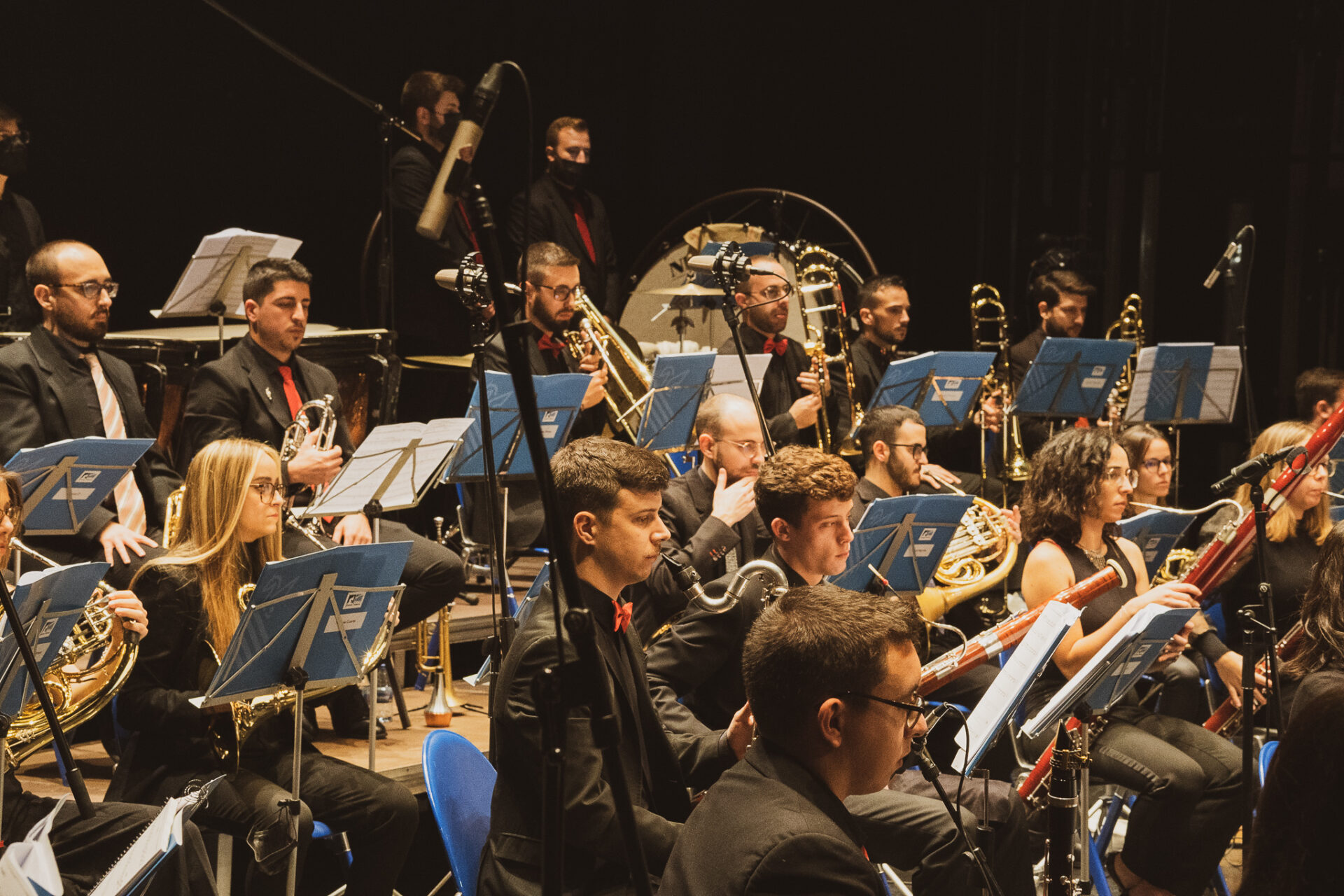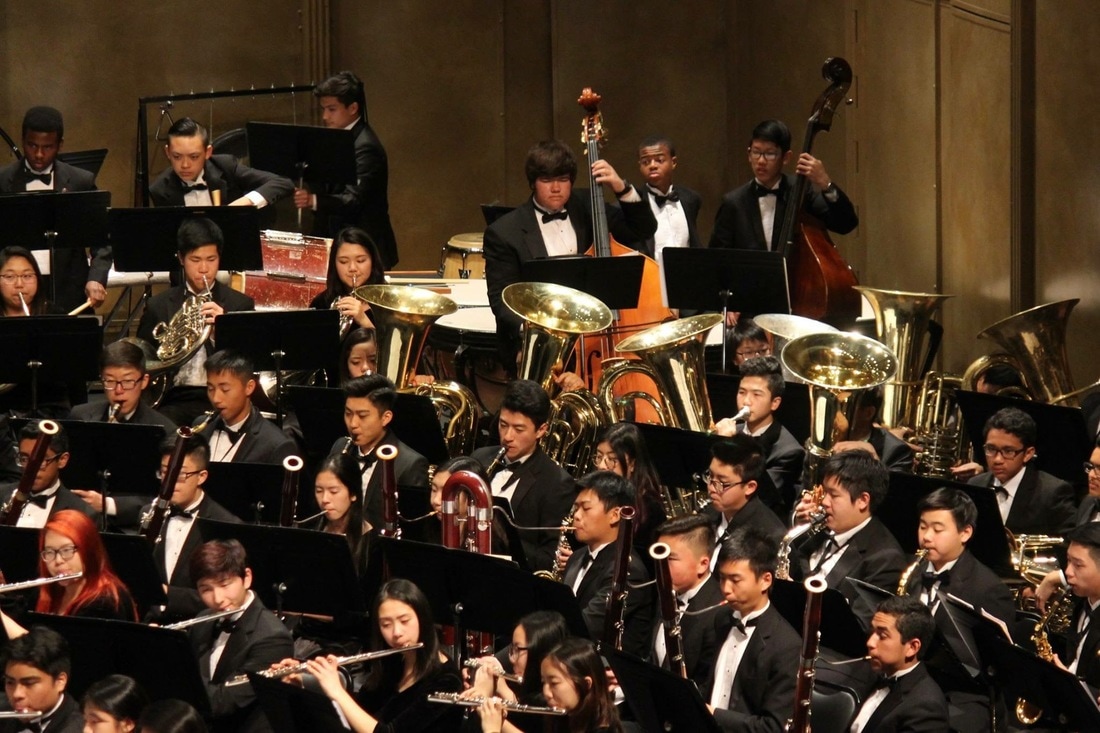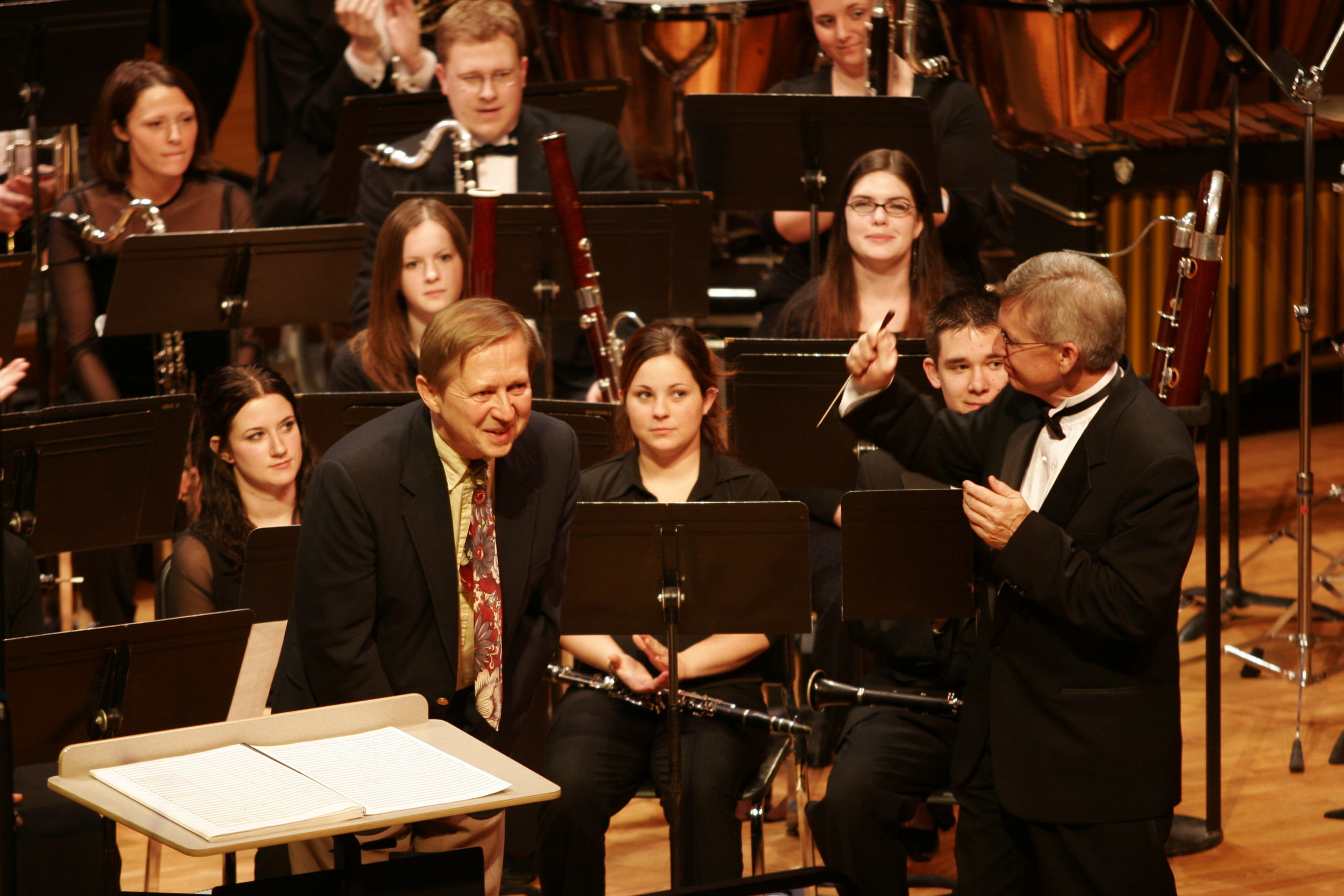Lane Weaver’s doctoral dissertation on David’s Symphony No. 7 provides an analysis of each movement while providing an inside look into the creation of this symphony. The author also provides thorough biographical information and an extensive discussion of the “Maslankian” approach to composition.
Abstract:
With a composition career spanning from the early 1970s to the present, David Maslanka (b.1943) has earned wide recognition as an important and respected composer of music for nearly every setting. While he has contributed significantly to chamber music, solo literature, vocal settings, and works for symphony orchestra, his compositions for percussion and wind band have arguably provided his most universal acclaim. All six of Maslanka’s band symphonies are considered noteworthy compositions. His distinctive musical voice emerges in each of these works as he explores the gamut of emotional impact from the darkest pain to the most euphoric joy. Such wide ranging scope is not limited solely to the musical moods Maslanka paints, but also includes the means he employs to paint them.
Maslanka’s compositional method is rather unique and quite spiritual in nature as each work is produced through a great deal of subconscious exploration and meditation. His meditations often result in dream images that he translates into musical material. These translations typically are not a moment-by-moment, image-by-image retelling of the meditation, but instead are musical impressions motivated by the impulses of energy Maslanka perceives. Maslanka takes great interest in connecting with the commissioning party and ensemble while composing, at times meditating over some personal effect such as a baton or hymnal. With such a deeply personal approach, Maslanka’s music can touch the very essence of humanity and humanness.
This research is focused on assisting others in preparing and presenting powerful and meaningful performances of Symphony No. 7. More specifically, the author wishes to establish a “Maslankian” approach to the music – a way of relating to the music that reflects the philosophical and spiritual nature of Maslanka and his compositional methodology. Those who wish to consider this “Maslankian” approach may apply it in combination with this document’s formal musical analysis as a means to achieving more emotionally and spiritually connected results.




